Join researchers in tracking and conserving threatened and data-deficient fireflies across North America
Starting this spring, conservation professionals and volunteers can join a new opportunity to study and protect a beloved group of insects that brings magic to the night: fireflies. The Firefly Atlas invites participants from all backgrounds to look closely at fireflies and to share their sightings to inform conservation.
To better understand and protect North American fireflies and their habitats, we need to know where they are found. The United States and Canada have many more species of fireflies than most people realize (173 at last count), and contrary to popular belief, beetles in the firefly family Lampyridae are found in every state and province except Hawaii and Nunavut. This includes not just flashing fireflies, but also two other types of fireflies that tend to get less attention: glow-worms (which glow!) and day-active fireflies, which light up as larvae but not as adults.
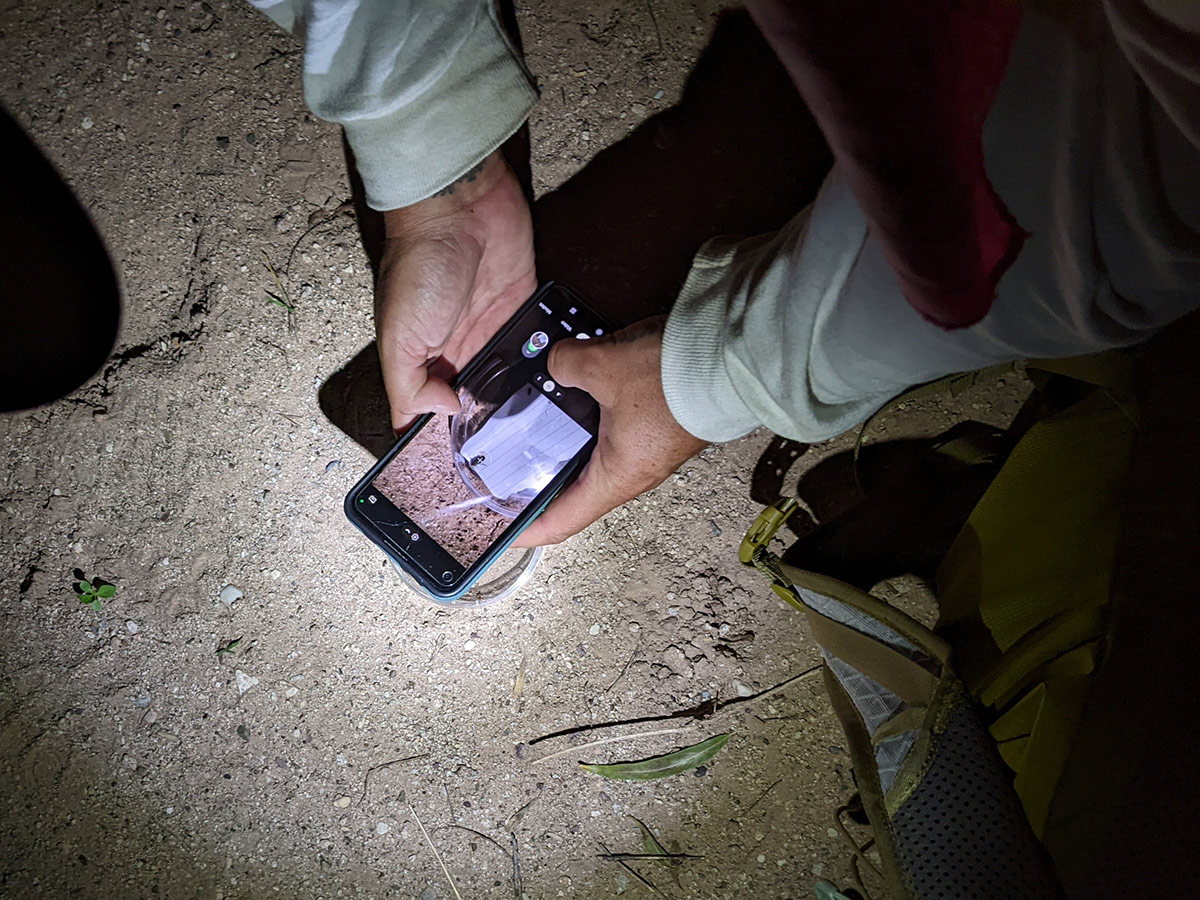
One third of firefly species may be imperiled, and half are data-deficient
In 2021, Xerces and our partners at the New Mexico BioPark Society and IUCN Firefly Specialist Group assessed the conservation status of 132 North American firefly species. We found that at least 18 species are threatened with extinction and up to a third of assessed species may be imperiled.
Some of these species are at particular risk because they occur in limited areas and in special habitats, have flightless females, or need full darkness to communicate and mate. Habitat loss and degradation, light pollution, climate change, and pesticide use are some of the biggest threats to North American fireflies.
The assessment process also made the need for more information glaringly apparent. More than half of the species assessed are considered data-deficient—we simply don’t know enough about their distribution, population trends, or habitat associations to know the extinction risk that they face.
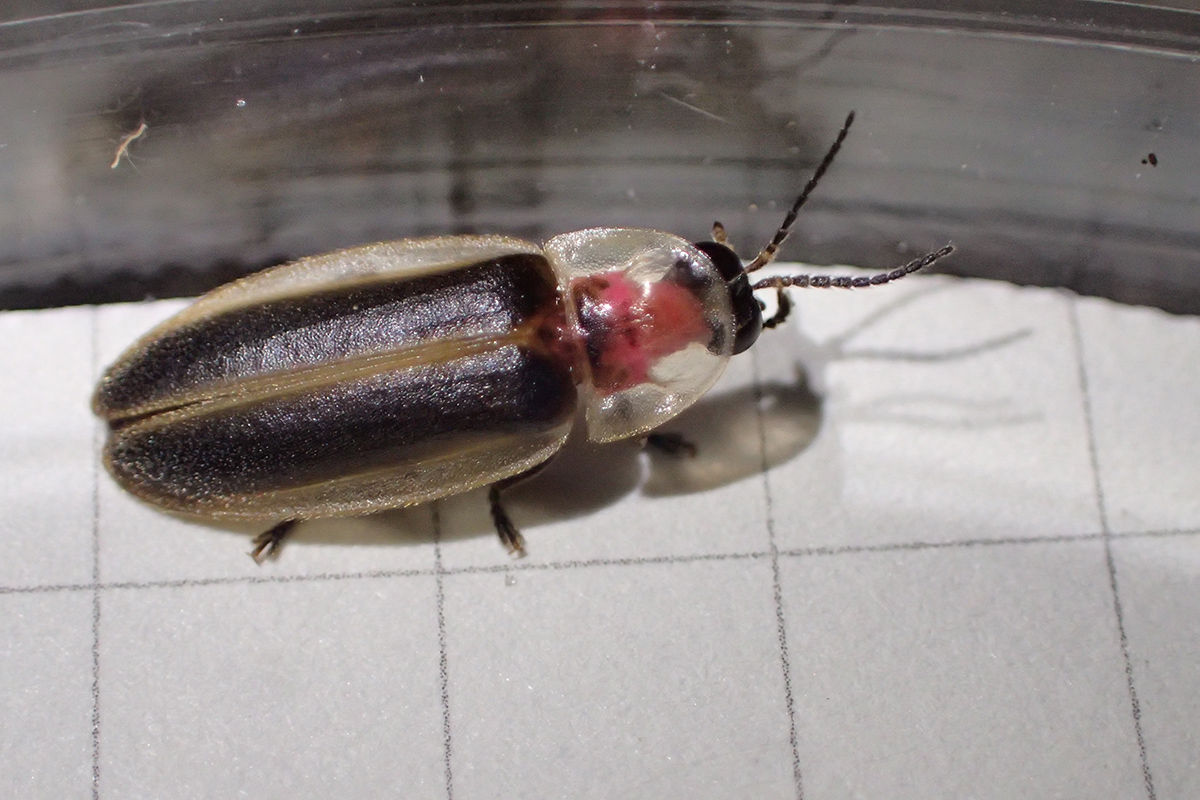
Firefly Atlas will fill the gaps in existing research
The Firefly Atlas aims to advance our collective understanding of North American firefly species distributions, activity periods, habitat associations, and threats. The project is led by the Xerces Society in collaboration with the New Mexico BioPark Society and IUCN Firefly Specialist Group. The Firefly Atlas website serves as both an education hub for firefly conservation and a data collection portal.
If you’re familiar with other firefly projects, you may be wondering how the Firefly Atlas is different. The Firefly Atlas fills a missing niche among several established community science projects and platforms. Over more than a decade, Massachusetts Audubon’s Firefly Watch has engaged hundreds of individuals in observing and counting firefly flashes across North America, while the Western Firefly Project has documented flashing firefly populations in a region assumed by many to be devoid of fireflies. The Atlanta Firefly Project has explored drivers of presence and abundance of big dipper fireflies in Georgia.
The community science platform iNaturalist has amassed an impressive data set of almost 60,000 North American firefly observations. However, many of these observations cannot be identified to species because they lack flash pattern details, contextual clues like air temperature, or images of key features. Also, iNaturalist does not collect effort data (time spent searching or area covered) or non-detection data (where fireflies were not found), which are important for interpreting findings.
The Firefly Atlas makes it possible for community scientists and conservation professionals alike to contribute species-specific data for all three firefly groups —flashing, glowing, and day active — with an emphasis on threatened and data-deficient species.
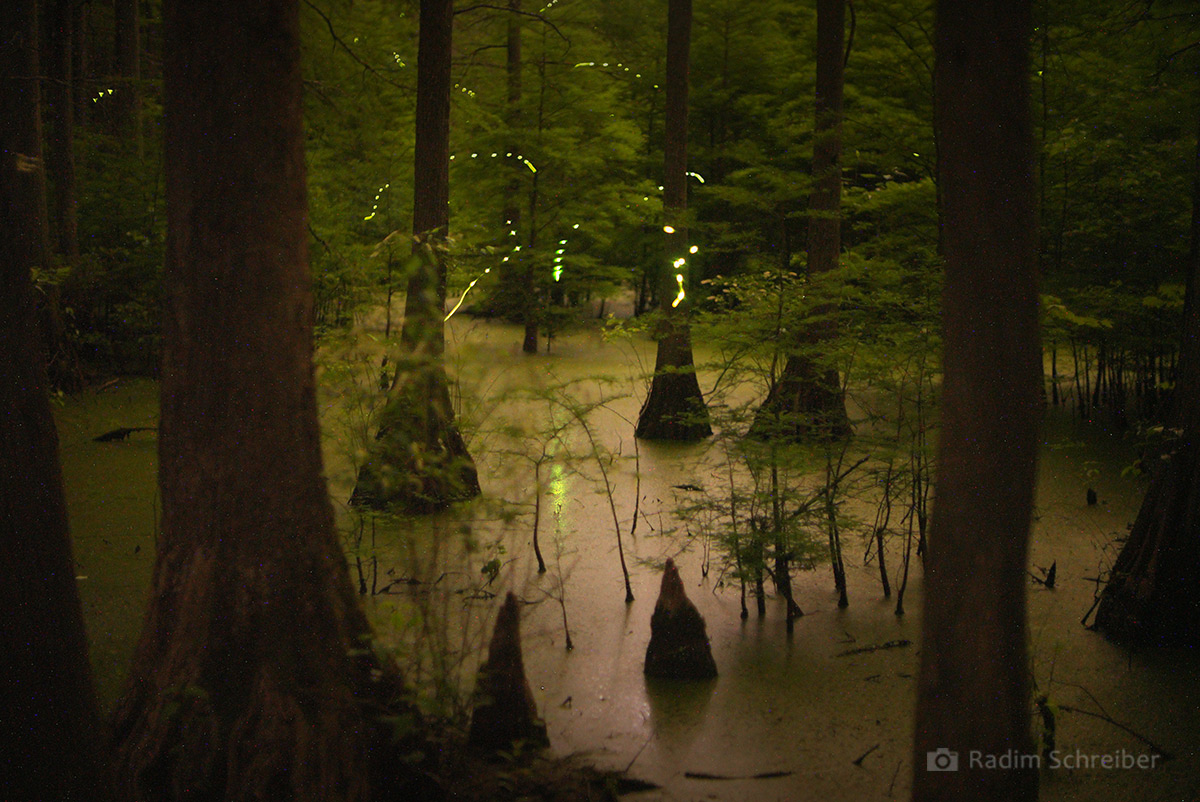
Volunteers needed, especially in areas of conservation concern
Everyone in the U.S. and Canada is welcome to join the effort, and submitting incidental sightings is the easiest way to share your observations. Yet we are especially looking for volunteers who want to get involved in targeted surveys for threatened and data deficient species. Special attention is given to thirteen focal species that are all of conservation concern and can be reliably documented and identified with a combination of photographs and flash pattern observations. These species occur in three focal regions: the Southwest, the Southeast (including Florida and extending into the Midwest), and the Mid-Atlantic. We hope you will take the plunge and learn more about this process through our participant handbook.
In order to make firefly identification more approachable for firefly enthusiasts, the Firefly Atlas also provides a filterable checklist for the firefly species of the U.S. and Canada, tips on how to photograph fireflies for identification purposes, and diagrams and explanations of firefly anatomy and flash patterns.
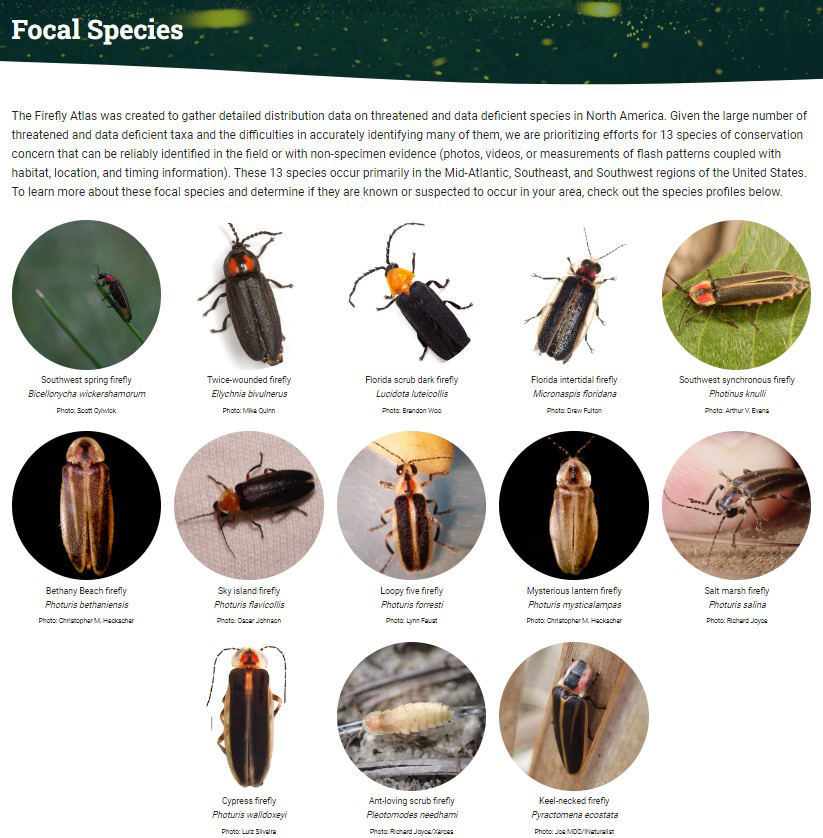
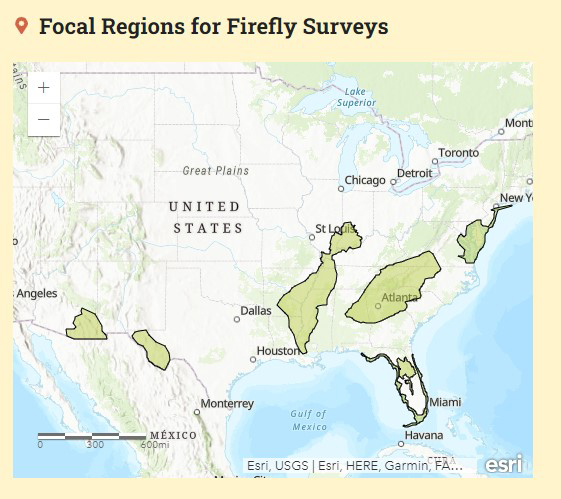
Ready to get started with the Firefly Atlas? Here’s how!
Adult fireflies are active from June through August in many parts of the country, and can be found year-round in places like Florida. Here’s how to get started ahead of your firefly season.
- Create a Firefly Atlas account.
- Explore the website and get to know the species in your area, brush up on firefly anatomy basics, and review tips for photographing and identifying species
- Have a photo of a firefly you want to submit? Record a sighting and select “Incidental firefly observation” from the entry type.
- Interested in doing a full survey? Use the map on the website’s homepage to determine if you are in one of our initial focal regions.
- If you are not in a focal region, you can still collect useful data on the fireflies in your area. You can conduct full surveys and submit firefly sightings, and there may be data-deficient species in your area for which you could specifically search. Use the species checklist to see what species are in your area and if any are categorized as threatened or data deficient.
- If you are in a focal region, great! Click on the map to see which focal species occur in your particular region, and then head over to the species profiles to learn more.
- Either way, familiarize yourself with the Participant Handbook so you can learn more about where, when, and how to survey. Then download the data-sheets, make a plan for where you’ll go and how you’ll survey safely, and gather the equipment you’ll need. Conduct your survey and submit your data to Firefly Atlas!
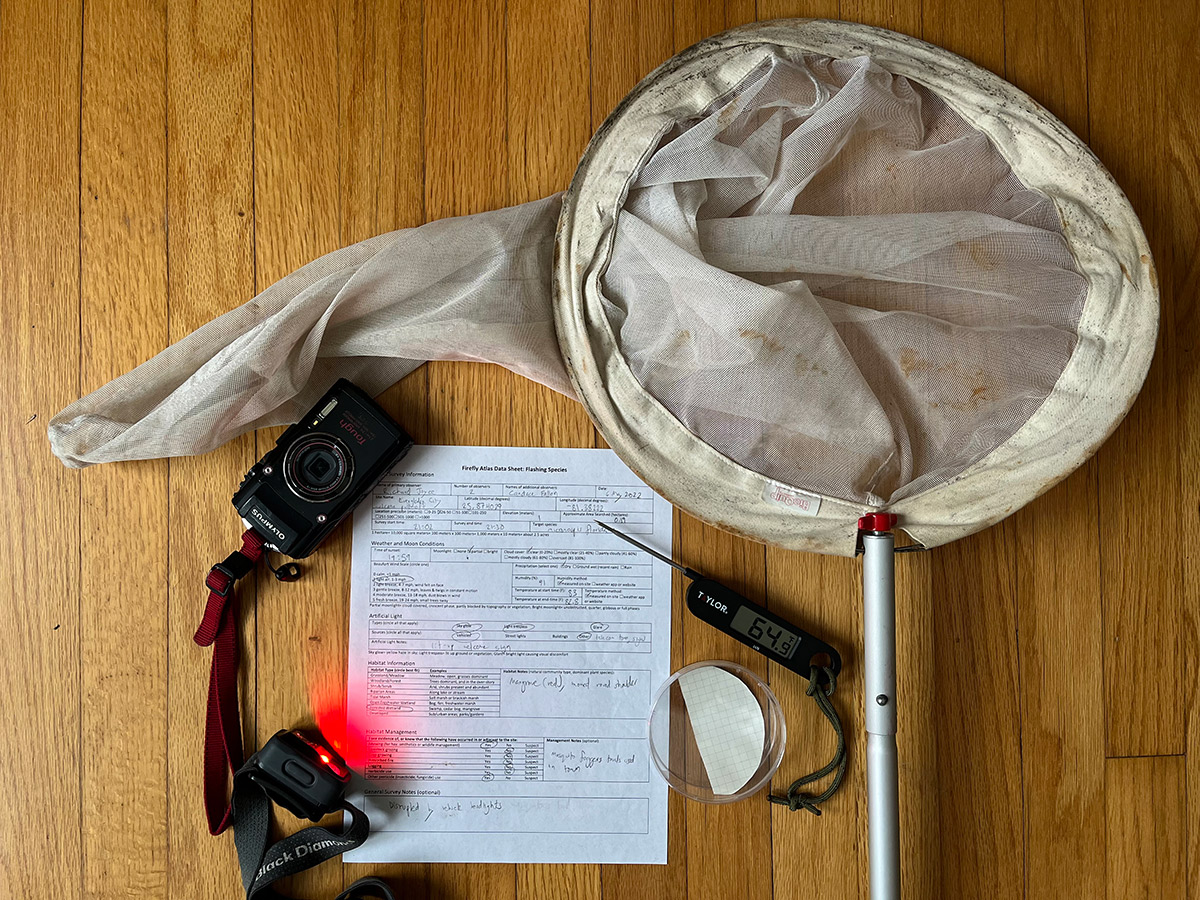
Further Reading
- Learn more about the Firefly Atlas.
- Read about the Xerces Society’s firefly conservation work.
- Learn more about the New Mexico BioPark Society.
- Learn more about the IUCN SSC Firefly Specialist Group.





